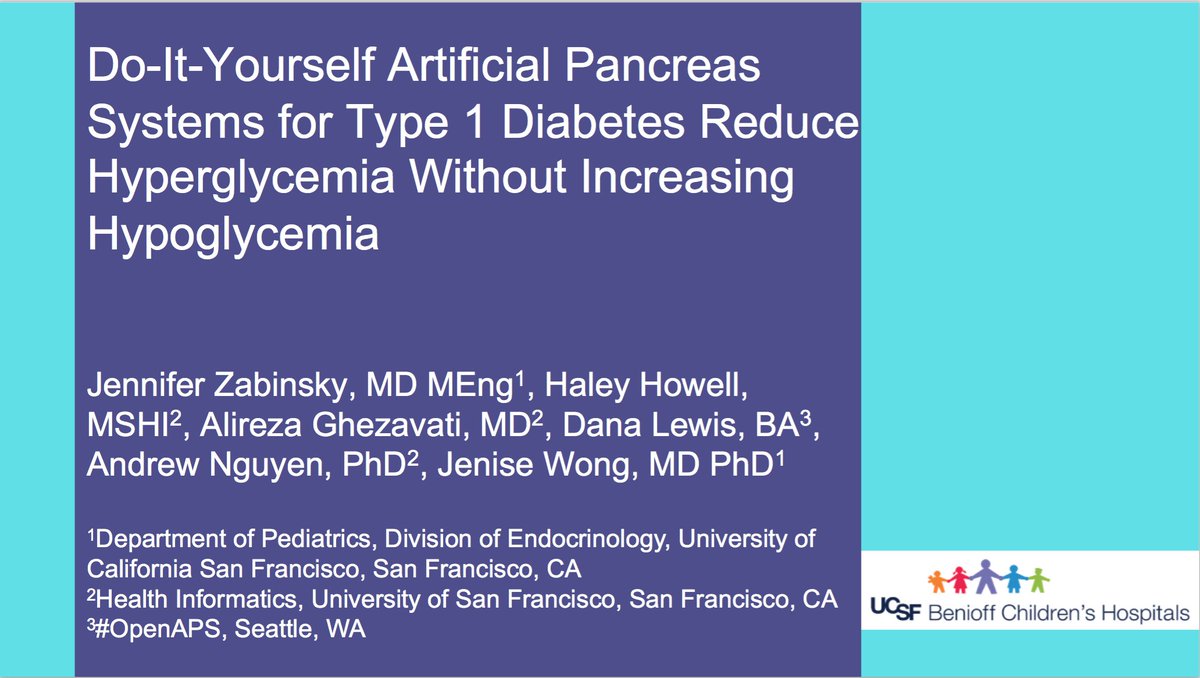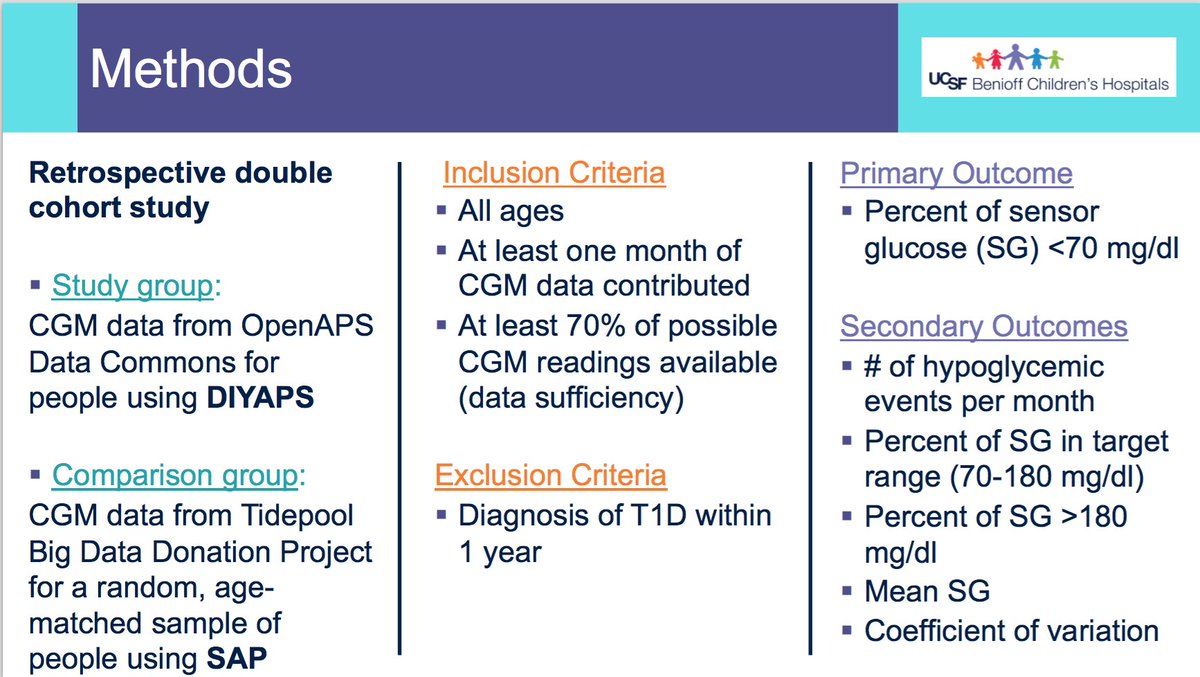It's so hard to lose a friend. 💜
https://twitter.com/nickdawson/status/1266966014471761922
I miss @mjseres. It makes my throat ache and my eyes run, three days in a row, to think about the world without him.
On a scale of 1 to kindest human you've ever met...he was the kindest human you've ever met.
On a scale of 1 to kindest human you've ever met...he was the kindest human you've ever met.
When people ask for non-diabetes examples of #WeAreNotWaiting, @mjseres was the first person I talked about, and it was always an honor to help share his story. He saw a problem, designed a solution, and was building the future where more people could access better care and QOL.
I am glad he had such a ripple effect, because I know his work will continue & keep making the world a better place. But I also miss him deeply & miss what else he might have been able to help us all achieve.
Big hugs to @mjseres family and all of his loved ones and friends. 💜
Big hugs to @mjseres family and all of his loved ones and friends. 💜
• • •
Missing some Tweet in this thread? You can try to
force a refresh










